-
How does your "lifestyle stress" score?
Some mental and emotional stress levels can be beneficial and often improve performance. However, there is a limit, and surpassing that limit can negatively impact performance. It can affect decision-making, increase emotional reactivity, and even lead to burnout at work and home.
Further…
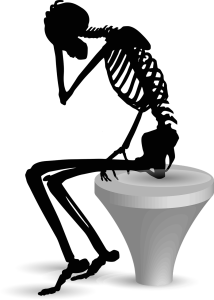
Unmanaged stress doesn’t just show in physical testing but also behaviour, e.g.
Impaired decision-making: Stress can lead to cognitive distortions, causing one to overlook critical information, jump to conclusions, or make impulsive decisions. This is not good when one is trying to stick to a plan.
Increased emotional reactivity: Heightened stress levels can exacerbate emotional responses, making it more challenging for one to maintain objectivity and discipline.
Reduced focus and concentration: Chronic stress can make it difficult to concentrate on changing information and lead to costly mistakes.
Burnout: If one is stressed for long enough, you can experience exhaustion, diminished motivation, and reduced performance over time.
Working demands, family & relationship dynamics, travelling,
seasonal changes, activity and diet (including alcohol) appear to influence results most.
.....................................................
The Stress Score Assessment
The (5-minute) stress test is non-invasive, repeatable and accurate. Its purpose is to assess an individual's mental, emotional, and behavioural response to their current lifestyle. The assessment scores one's current lifestyle stress .../60 with a lower score representing better health and stress dissociation.
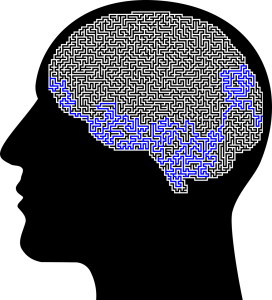
The results serve three purposes.
1. Score current mental & emotional stress.
2. Respond to the score with fitting strategies.
3. Retest mental & emotional stress.
😰 The lower your score, the better.
😰 A lower score typically drives the best cognitive health, athletic health and recovery.
.....................................................
Testing
Stress Score
Test
Stress Points
10
6
3
0
1
Sleep Questionnaire (.../10)
7⇒
6
4
⇐2
2
Stress Questionnaire (.../10)
7⇒
6
4
⇐2
3
HRV Score (.../100)
⇐35
45
55
70⇒
4
HbA1c – Blood Glucose (mmol%)
5.8⇒
5.6
5.3
⇐5.1
5
Blood Pressure (mm/Hg)
150/100
145/95
135/90
⇐120/80
6
pH – Saliva (Urine) Test (0-14)
6.0
6.5
7.1
7.5
Total Stress Score
.../60
The tests.
Sleep questionnaire: Poor, broken, and unfulfilling sleep almost always represents stress—mainly mental and emotional stress. Implementing sleep strategies improves sleep and health in general.

Stress questionnaire: The questions pertain to current behaviour, experience, and physical well-being. It is often best to answer these questions in the presence of someone who knows you well.
HRV: Heart rate variability, measured using the Elite HRV sensor, assesses the hormonal impact on the heart's rhythm. Generally, the more calm, confident, rested, and healthy you are, the higher your score.
HbA1c: Commonly, blood glucose levels are elevated due to lifestyle stress. High levels of stress cortisol are associated with high blood sugar, resulting from mental stress, as well as the consequences of poor sleep, a bad diet, and inactivity.
Blood Pressure: An elevated blood pressure reading from this test is likely a hormonal response to stress, causing the tightening and restriction of blood vessels. Sustained higher blood pressure can be risky.
pH: The body typically functions best when slightly alkaline, around 7.5. Stress and associated behaviour tend to create a more acidic, suboptimal pH.
.....................................................
The results
Pending “your” score I would recommend strategies like;

Mindfulness strategies: Breathwork, Meditation, Essential oil practice & Supplements.
Activity: Police the appropriate exercise intensity, fitting postural exercises & barefoot exercise.
Sleep strategies: Room set up, temperature, lighting, pre-sleep practice; reading, breathwork, rain therapy etc.
Dietary recommendations: Avoid x, y, z, include a, b, c.
Let me know if you'd like to know your current score!
The test is non-invasive & private.
-
Sports-specific training matters
It's important to tailor your training towards the specific demands of the activity you are preparing for. For instance, if you are training for a running event that requires maintaining a steady pace over flat terrain, focus on practising on flat terrain and holding an even heart rate in training. If you are preparing for a 5km trail race with lots of hills, incorporate hill repeats into your training to improve your top-end effort, strengthen your hamstrings and glutes, and work on your ability to clear lactic acid.
In my upcoming event, the Noosa Enduro 100km Mountain bike race, there will be a lot of hills and around 5 hours in the saddle. Based on my past experience, I know that my heart and lung fitness won't be the limiting factors, nor will my lowering blood sugar energy. However, I need to focus on specific muscle strength, especially the knee extensors, glutes, and the helper muscles like the adductor muscle group.
To prepare my muscles, I will focus on repeating steep hill climbs both on trails and using a stationary trainer, while maintaining a controlled heart rate. I won't prioritise high heart rate training or speed. I'll know my muscles are race-ready when the helper muscles don't cramp during or after training.
The closer you tailor your training to the event demands, the better.
-
Can you broad jump your height?
What is a broad jump?
Standing with both feet together, jump forward as far as possible landing on both feet.
Why broad jump?
🦿 The broad jump is a fitting test for measuring (aging) functional fitness.
🦿 With regular conditioning of the hips, legs, core & lower back, physiology suggests it be possible broad jumping your height up to 85 years.
🦿 Consider it a yearly test. Measure your height and test your current functional health.
My recommended exercises towards broad jumping your height.
💪 Squats
💪 Stairs
💪 Planks
💪 Skipping
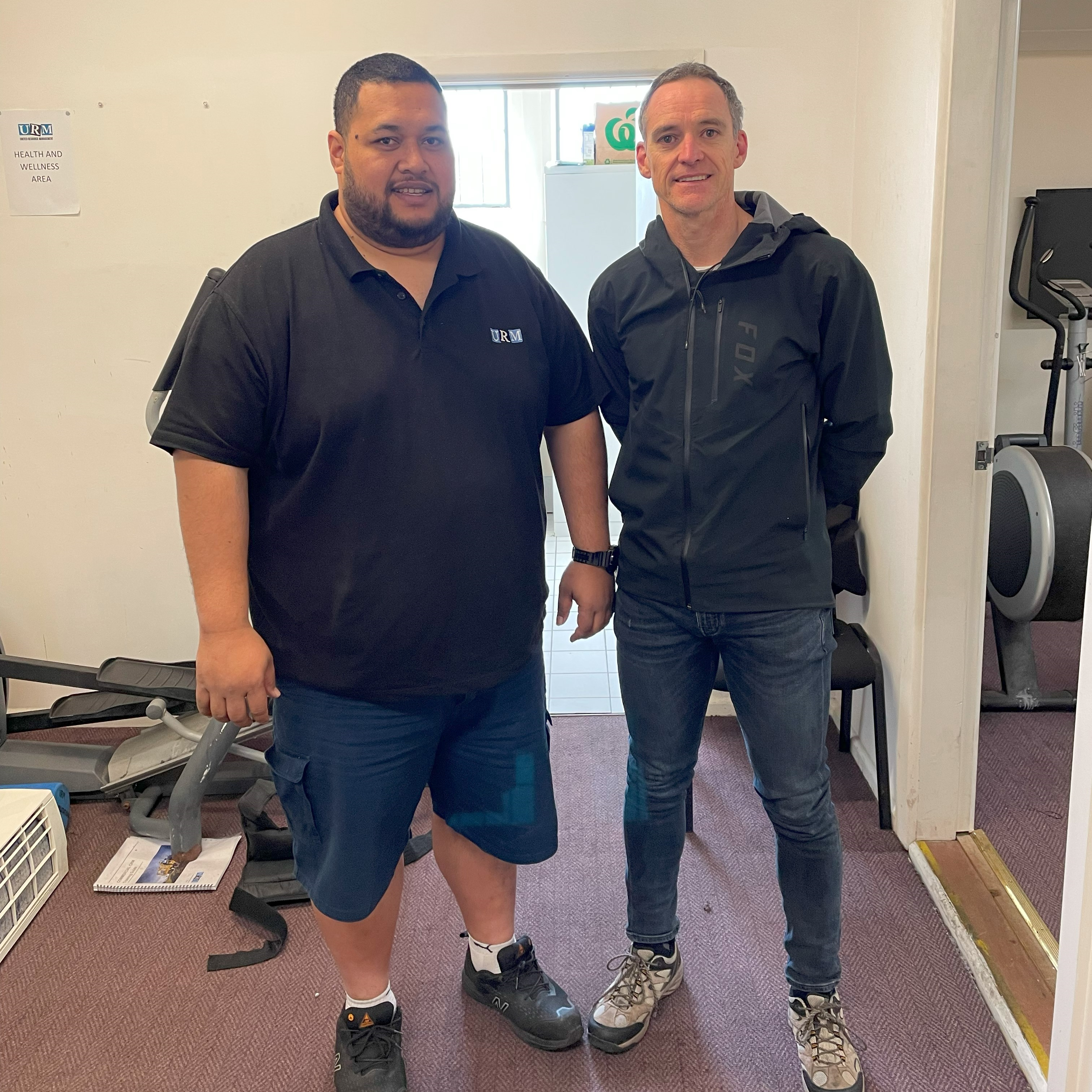
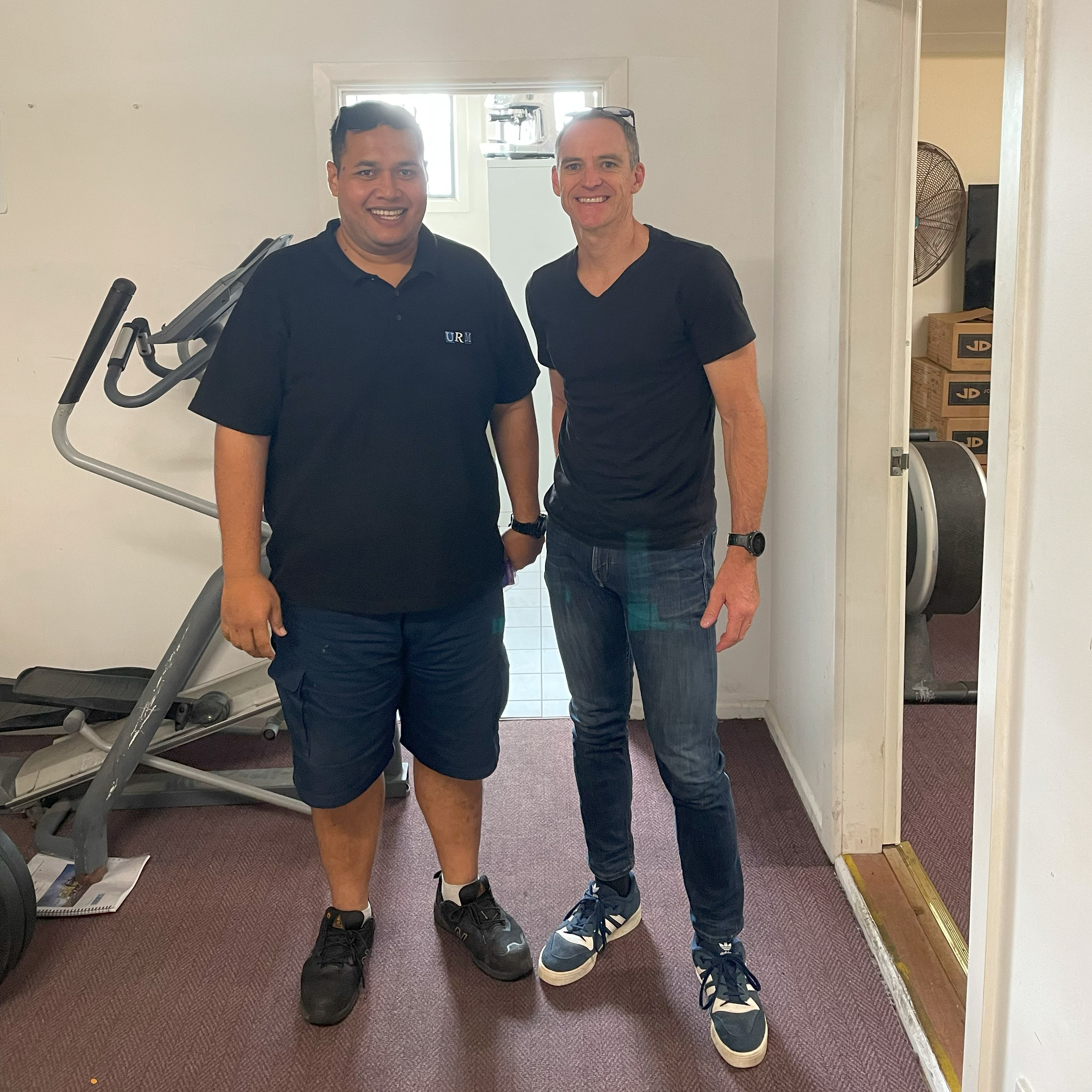
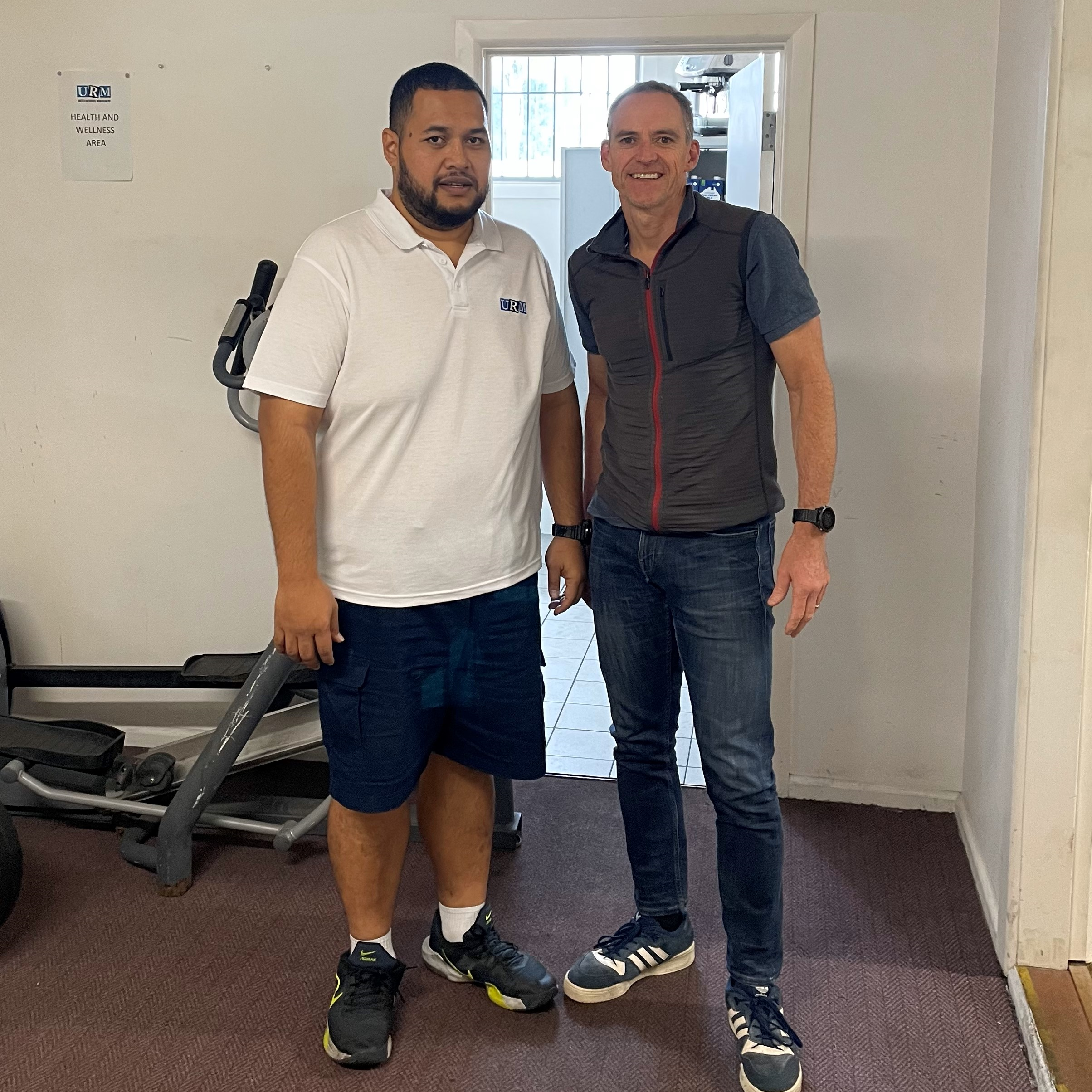
-
John, 34, is a mate, this is part 2/2 – CLICK HERE FOR PART ONE
John's Physician told him that his health indicators show metabolic disease, like 35% of the Australian population. At the forefront of John's health concerns are non-alcoholic liver disease, elevated insulin levels, insulin sensitivity, and leptin resistance. However, he also understands that making changes now can reverse many of these indicators and lead to a healthy and fulfilling life. On the other hand, if he doesn't make changes, he is at risk of falling seriously ill much earlier than expected.
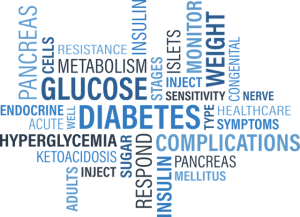
Before discussing the necessary changes with John, it's important to emphasise the common belief that simply 'eating less and exercising more' will not be effective. Extreme fasting, consuming very few calories, and exercising aggressively can do more harm than good. This approach can lead to increased cravings for unhealthy processed food and a decrease in his motivation for physical activity, which will only worsen his health.
John's primary goal is reducing insulin. Refined sugar, loaded in ultra-processed food (UPF), which John consumes regularly, is the key reason for his elevated insulin. Repeated insulin drives liver fat and inflammation, pancreatic distress, and obesity. Insulin and leptin resistance causes John the most harm, meaning that these essential hormones no longer work effectively.
Any changes John makes must be sustainable. With the deliberate lure of UPF forever in his pathway, he needs to change his food behaviour. Failure to change his behaviour and his reward system will result in a return to the choices causing him the most harm.
John & I discussed three strategies.
1.GLP-1 prescription medication, to be discussed with his Physician.
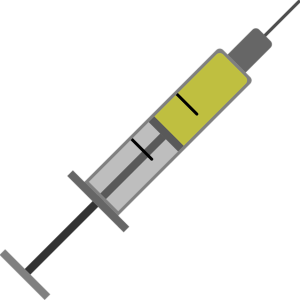
John is pre-diabetic, and it is possible that GLP-1 drugs might be a good option for him. These diabetes-specific drugs, such as Ozempic, can slow down the rate at which the stomach empties, making a person feel full for longer. They can also reduce appetite by decreasing the levels of natural hormones like ghrelin, which stimulates hunger and decreases overall calorie intake. Over time, the body may start using natural ketosis and break down stored fat for energy. As a result, these drugs can significantly influence a person's behaviour, even when exposed to unhealthy food choices. While these drugs were designed specifically for diabetic patients to help with insulin balance, they appear to be a good match with metabolic markers like John's starting stats.
However, it's worth noting that these drugs were not developed solely for weight loss or those without clear metabolic indicators. There are some drawbacks to these drugs, including a high cost of $1100 per month. If individuals stop taking the drug, data shows 75% of them may return to their original weight within 1-3 months. Moreover, there have been reports of gastric inflammatory conditions and higher resting heart rates associated with the use of these drugs. Even more concerning are the potential negative psychological effects — these drugs can alter the brain's reward system, potentially leading to negative emotions. After weighing up expert medical advice, we concluded that taking Ozempic was not in John's best long-term interest.
2. Gastric Surgery, to be discussed with his Physician.
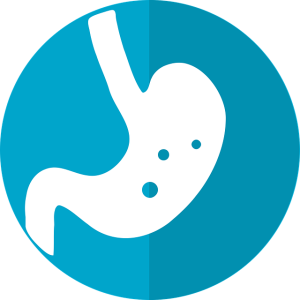
Lap band surgery, also known as laparoscopic adjustable gastric banding (LAGB) or adjustable gastric banding, is a surgical procedure to help with weight loss - a result of regulating food behaviour. During the procedure, a small ring is placed around the upper part of the stomach, which slows down the entry of food to the main part of the stomach. As a result, you feel full after eating a small amount of food.
Gastric surgery primarily works by reducing calorie intake. Severe reflux makes it impossible to consume the typical volume of calories.
Gastric sleeve surgery, also known as sleeve gastrectomy, is the most commonly performed type of bariatric surgery in Australia. It is a weight loss surgery that involves the removal of a significant portion of the stomach. Following the surgery, you will feel full even after consuming only a small amount of food. Additionally, the surgery reduces hunger sensations because a smaller stomach produces lower levels of the hormone ghrelin, which is responsible for causing hunger. In discussion with his Physician, a type of gastric surgery could be the answer to improving John's health.
However, some recorded risk of gastric sleeve surgery can include:
⚠️ the sleeve expanding over time
⚠️nutrient and vitamin deficiency
Noteworthy, John's metabolic disease is not caused by 'overeating' healthy food, but rather by the ‘type’ of food he consumes. If he ate whole foods free from ultra-processing, his natural hunger reflex and metabolism would burn extra calories and reduce his appetite during subsequent meals.
John is aware that refined sugar is the main contributor to his poor health. It's essential to recognise that the dose of sugar plays a significant role in its impact. Each person has their own threshold for sugar intake. On average, people can tolerate around 15 grams of sugar daily. However, John's daily sugar intake averages around 150 grams, well exceeding the average threshold. Even after gastric surgery, John might still be able to tolerate an excess of 40 grams per day. While simply reducing his calorie intake may work temporarily, if John doesn't change his food choices, he will continue to harm his liver and pancreas and regain any lost weight. It's important to note that the body's fat cells remain constant; they don't increase in number but expand.
The Physician also points out that while gastric surgery can help regulate excessive consumption of all food, John has been using ultra-processed food (UPF) to stimulate his reward (addictive) emotions for years. Therefore, there is a possibility that John may seek out other dopamine-inducing behaviours as a replacement.
On noting the quote (around $10 large), John is open to discussing option three.
3. A timeless approach.

1) Support the gut - John's gut microbiome plays a crucial role in his overall health. A healthy gut biome requires genuine dietary fibre for fuel. Currently, John's gut biome is pathogenic due to ultra-processed foods (UPF).
2) Protect the liver - John's tests have shown that he has liver inflammation, which is a concerning issue. To improve his liver health, which is possible, John needs to avoid the main inflammatory factors affecting his liver, which is sugar and not alcohol.
3) Support the brain - While John's brain is currently functioning well without cognitive decline, there are indications that he is heading in that direction. Introducing omega-3 fats can help support his brain health.
Note – rather than listing John's extensive & bespoke 12-month program, I've covered the key principles.
John accepts that the food industry will not make his transition easy. His entire lifestyle will need scheduling & planning for at least 12 months.
1. PERFACT DIETARY SYSTEM
John follows the PERFACT system and the NOVA model.
Using the perfact app, John confirms his starting ‘poor’ metabolic status in the program. The app will identify all the food items in any supermarket that may be harmful to his health; unfortunately, this comprises 70% of the entire supermarket for John.
He then selects the "shop for me" option, and the program guides him through the supermarket to choose foods that align with his dietary needs.
All foods in NOVA are categorised into four groups. Category 4 foods, which are classified as ultra-processed, are strictly avoided. Category 1 & 2 foods are consumed regularly by John, while Category 3 foods are enjoyed occasionally. This categorisation system simplifies things for John.
Perfact & NOVA will dictate the following.
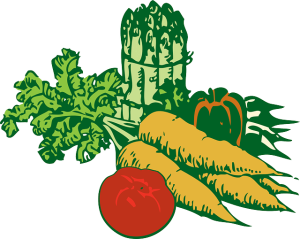
a) A significant boost in dietary fibre.
John's current diet yields ~ 5-10 gr of fibre per day. He needs ~ 40-50 grams. John's current industrialised diet has left his gut biome (good:bad) balance in a mess. His most critical gut biome fuel is dietary fibre, and without it, cannot drive metabolic, immune, and rebuilding balance. It is fruitless lowering sugar, consuming lean protein and healthy dietary fat, lowering or eliminating alcohol and exercising appropriately if he does not consume his daily quota of dietary fibre. Fibre is John's primary priority.
Vegetables (King), legumes, oats, & some fruit pack the biggest fibre punch.
b) Hydrating fittingly.
John is rarely actually hungry, but he may be dehydrated. He should drink 5-7 glasses of water a day. It's important for him to include the right minerals with his water. We used Ocean Trace mineral complex. Proper hydration will slightly stretch his stomach wall and signal that he should stop eating.
c) Protein & good dietary fats.
Eating a serving of lean protein and healthy fats with every meal promotes a feeling of fullness without causing a spike in insulin. This helps in building lean muscle. It's better to focus on portion sizes that satisfy the appetite rather than counting calories, and opting for organic options when possible.
d) Walking, 20 mins daily.
Easy aerobic continuous activity changes John's brain and behaviour. The right intensity in actual fact lowers his hunger, drives up healthy ketosis and has his brain forget it once liked (needed) UPF. We used the DTi model.
John's metrics after 12 months.
#
Assessment
Risky
John: June 23
John: June 24
1
Blood pressure
150/95⇒
145/98
124/83
2
Resting heart rate
90⇒
94
78
3
Weight
108 (for John)
145
104
4
HbA1c Blood glucose
6.5⇒
6.1
5.3
5
Triglycerides
2.40⇒
4.2
2.1
6
Uric acid
7.5⇒
9.6
6.3
7
HDL Cholesterol
⇐0.8
0.9
1.2
8
Resting Blood lactic acid
1.2⇒
1.3
0.9
Note: If John has not maintained his current food behaviour and health metrics after 18 months, we will entertain gastric surgery.

